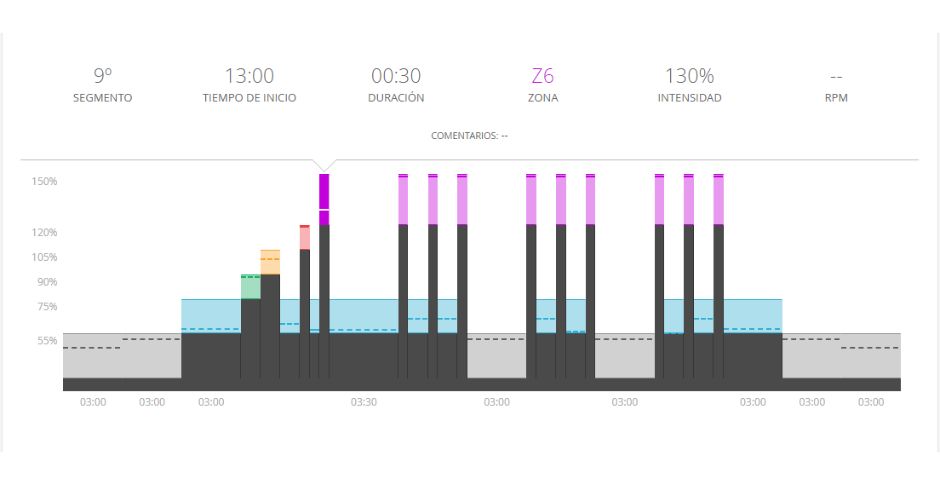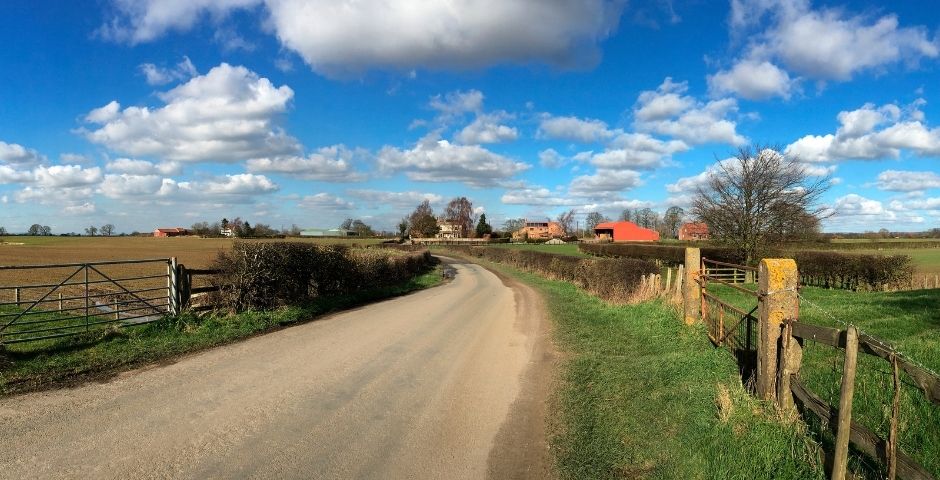When we talk about cycling, we come across a wide variety of terrains and challenges, but today we focus on short climbs. They are often a major source of stress for cyclists, as they require a great deal of physical and mental effort to push the body to the limit.
Improving performance on these climbs requires consistent practice, efficient pedaling technique and effective strategies. Here are some practical tips to help you improve your performance on short climbs.
How do you train for short climbs?
Short climbs test our endurance, strength and speed. In addition, one of their most important characteristics is that they require a large amount of anaerobic energy to complete.
As always, specific training is essential. We must focus on developing explosive strength in the legs and increasing anaerobic capacity to be able to tackle these types of climbs.
A study published in the Journal of Strength and Conditioning Research, entitled “Effect of maximal strength training on cycling efficiency in competitive cyclists”, showed that maximal strength training improved pedaling efficiency and endurance in competitive cyclists.
In addition, another study published in the Journal of Sports Science and Medicine, entitled “Effects of short-term high-intensity interval training on cycling performance and muscle fiber characteristics,” found that high-intensity training over a short period of time (4 weeks) significantly improved anaerobic capacity in cyclists, allowing them to pedal with greater power and speed on steep climbs.
Training sessions for short climbs
At BKOOL we have our Workout library available so that you can choose the workouts that best suit your needs. Just use the filter and you will find a wide variety of options to choose from.
Select your available time, the difficulty and mark “Anaerobic” as your target zone. You will discover sessions that will test your abilities, such as these two that we propose below:
Session 1 – 42 minutes

Session 2 – 56 minutes

In addition, you can also use our Workout creator to customize your workouts, creating sessions a la carte.
Pedaling technique on short climbs
Pedaling technique is also essential for short climbs. We must focus on body weight distribution, proper cadence and correct posture. A job that can be done to perfection in indoor cycling, where we don’t have to worry about the dangers of the road.
Efficient pedaling technique can help reduce fatigue and improve your ability to tackle short climbs. Focus on maintaining a steady and efficient cadence, avoiding over pedaling or under pedaling.
A study published in the International Journal of Sports Medicine, titled “Pedaling technique and energy cost of cycling,” showed that a more efficient pedaling technique can reduce the amount of energy required to pedal, allowing cyclists to tackle steep climbs more easily.
Achieving proper posture is also critical: try to keep your torso upright to allow for proper breathing and reduce strain on your lower back. Also, keep your arms relaxed and your elbows slightly bent.
Strategies for tackling short passes during a race
There are also specific strategies for tackling short climbs during a training ride or race. These include knowing the profile of the route, selecting the right gear and managing energy on the climb.
Hydration and nutrition are also critical factors in improving performance on any type of climb. Be sure to drink enough water and consume carbohydrates and electrolytes before, during and after the climb.
Tackling short climbs in cycling can be challenging, but specific training, improving pedaling technique and employing effective strategies can help improve performance.
BKOOL is the most complete cycling simulator on the market – try it FREE for 30 days!
 Go to BKOOL
Go to BKOOL





